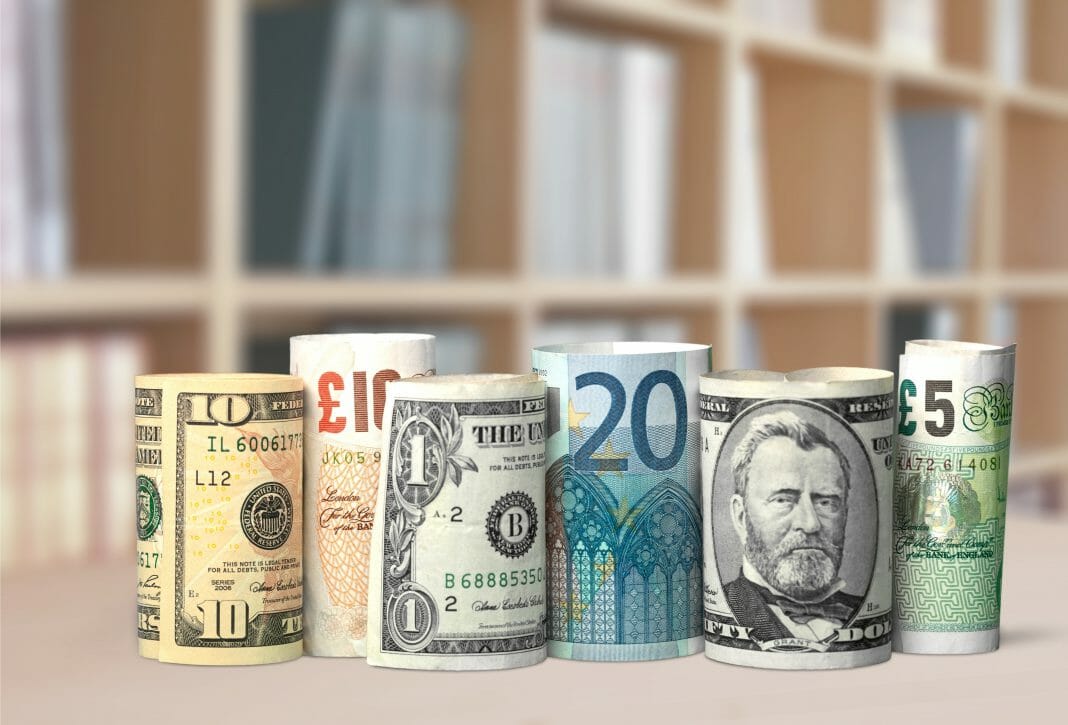Specialist highlights how digital means of payment are replacing physical money.
In recent years, with the advancement of technology, the variety of methods that can be used to make purchases has grown. In this context, the Covid-19 pandemic has accelerated the transition to the cashless future, shaking the digital payments industry and bringing a series of changes and challenges for both merchants and consumers.
The study “Global Payments 2021: Transformation amid Turbulent Undercurrents”, conducted by McKinsey & Company, shows that in 2020, globally, cash payments fell by 16%, while cashless transactions increased by 6%.
What is happening in Brazil
In Brazil, a survey conducted by the National Confederation of Merchants (CNDL) and the Credit Protection Service (SPC Brazil), in partnership with Sebrae, indicates that, during the pandemic, 45% of respondents made more payments online (including transfers and PIX), while 23% used the credit card more and 21% intensified the use of the debit card and also of cryptocurrencies.
Reinforcing the trend, data from Abecs (Brazilian Association of Service and Credit Card Companies) show that payments with credit and debit cards came to represent 46.4% of household consumption in the last quarter of 2020.
Many experts consider the cashless society to be the future. The term is explained as “economic phenomenon in which financial transactions are carried out electronically, instead of using bills and coins”.
In this scenario, all consumers will have their card or electronic device to process and complete transactions. Credit and debit cards, digital wallets (e-wallets) and applications, QR codes, PIX and Internet banking, Bitcoin, cryptocurrencies, are some examples that already exist.
The adoption of forms of payment that are not physical money is becoming common in other LATAM countries. The Latin American population, as revealed by the “Mastercard’s New Payments Index 2022” survey, is at the forefront in the adoption of crypto assets as a means of payment.
According to the survey, carried out between March and April of this year, it reveals that 51% of consumers in the region have made at least one transaction with cryptocurrencies and more than a third have said that they have paid an everyday expense with stablecoins.
Outlook for the Future
With the significant decline in the use of money, the world is moving, albeit at different speeds, towards a truly cashless global society.
According to Gabriel Roizner, CEO of Mozper, in economies where immersion in digital technologies is more complete, movements are already taking place to eliminate money.
“In Brazil, cashless is still starting, but the trend is growing. An example is the PIX. According to the Central Bank, the system is already used by 71% of the population, who registered 380 million keys”, he comments.
According to the European Payments Council (EPC), cash transactions accounted for just 1% of Sweden’s GDP in 2019, and cash withdrawals have been steadily declining by around 10% annually.
“Some countries are much closer to a cashless future than others: cash accounts for just 5.4% of point-of-sale payments in Canada, 4.5% in Norway, 11.9% in the US, and less than 10% % in places like Australia, Hong Kong and Sweden,” he says.
By Audy Castaneda










